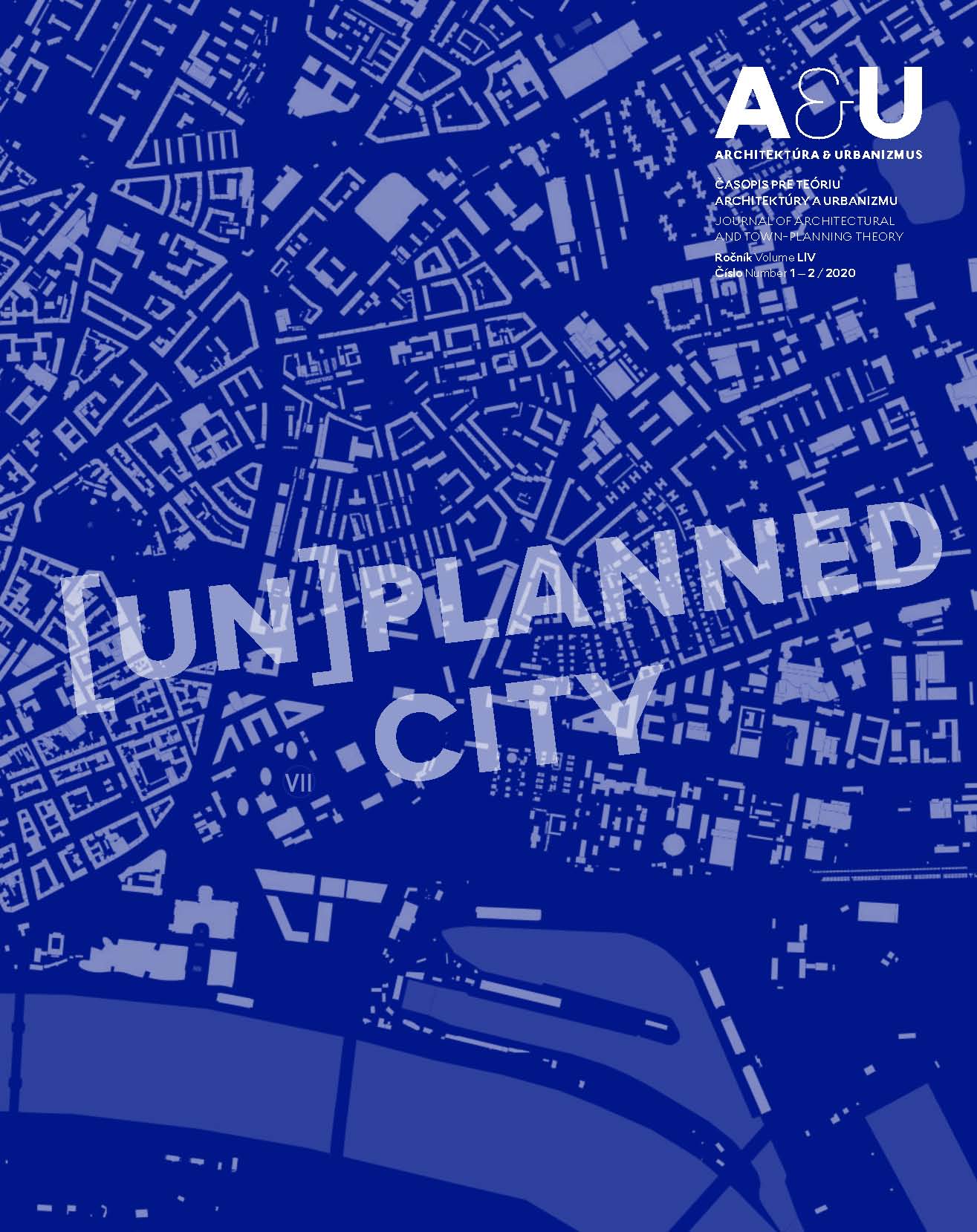Planning of Bohemian Regional Centres in the Period of their Industrialisation and Modernisation: Plzeň and Hradec Králové 1860 – 1938
Planning of Bohemian Regional Centres in the Period of their Industrialisation and Modernisation: Plzeň and Hradec Králové 1860 – 1938
Author(s): Karel MaierSubject(s): Architecture, Rural and urban sociology
Published by: Historický ústav SAV, v. v. i.
Keywords: town planning; city regulation; regional centers; Bohemia;
Summary/Abstract: Almost all towns in Central Europe north of the Danube were laid by a planned foundation, mostly in the 12th to 14th centuries. They retained the original extent and spatial structure until the industrial revolution. Only then some of them faced the challenge of unpreceded growth. So that this growth could be managed, city administrations found useful the tool of town planning. Thanks to planning, the cities have not only been able to grow dramatically, but also to equip themselves with a number of technical infrastructures, civic amenities and public buildings. The introduction of town planning was a learning process, often misleading and leading to dead ends, but its outcomes in the end provided a solid foundation for the development of modern cities in the next 20th century. The paper shows, on the example of two Czech medium-sized cities, how the institutions and tools for their planning developed to manage the growth, under what circumstances the cities were planned and what challenges they faced. It evaluates the legacy the planning of these cities gave us in their current physical layout, important buildings and premises, but also in the urban concept, which often surprisingly follows the visions of city representatives and the ideas of urbanists in the 19th century.
Journal: Architektúra & Urbanizmus
- Issue Year: 54/2020
- Issue No: 1-2
- Page Range: 56-69
- Page Count: 14
- Language: English

